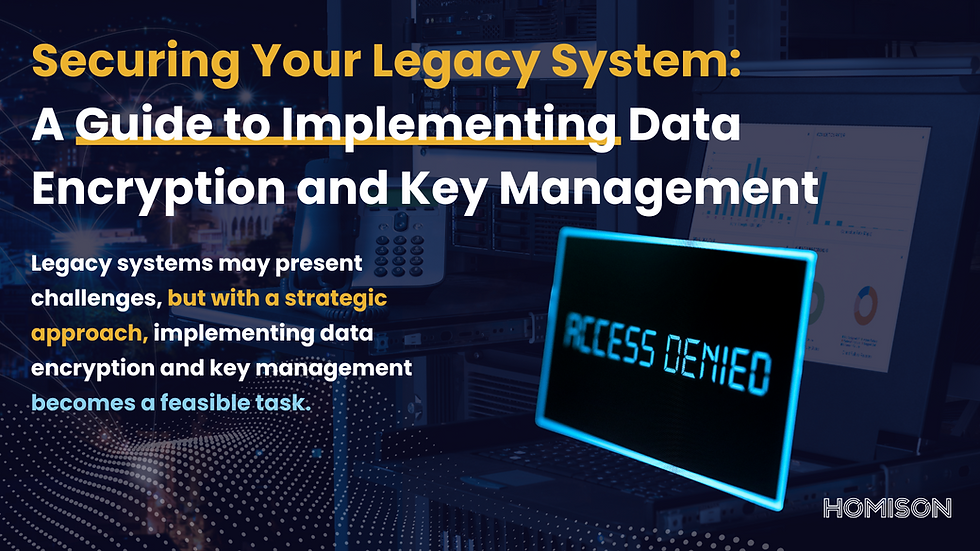Understanding the Principle of Least Privilege (PoLP) in Cybersecurity
- Gabriel Kwok
- Feb 19, 2024
- 2 min read

Implementing robust security measures is paramount in the dynamic landscape of cybersecurity, where threats loom large and data breaches are a constant concern. One such crucial concept that serves as a cornerstone in safeguarding sensitive information is the Principle of Least Privilege (PoLP).
At its core, the Principle of Least Privilege embodies the idea of providing users, both human and non-human entities, with only the bare minimum access rights or permissions essential for performing their designated tasks. This approach helps mitigate the risk of unauthorized access and potential exploitation of sensitive systems and data.
What is Privilege Creep?
Over time, organizations may find themselves falling prey to a phenomenon known as "privilege creep." This occurs when permissions are granted to users beyond what is necessary for their roles. Initially granted to facilitate specific tasks, these privileges often linger, creating a security vulnerability. Privilege creep can inadvertently widen the attack surface, leaving organizations susceptible to cyber threats.
Importance of the Principle of Least Privilege
Implementing the Principle of Least Privilege yields multifaceted benefits:
1. Reducing the Attack Surface
By limiting the scope of user privileges, organizations can shrink the potential avenues for cyber attackers. Restricting access to critical systems and data minimizes the likelihood of exploitation through privileged credentials.
2. Mitigating Malware Risks
Malware attacks often exploit elevated privileges to propagate and cause widespread damage. Adhering to least privilege principles hinders the lateral movement of malware within networks, bolstering defense mechanisms against such threats.
3. Enhancing Productivity
While reducing user privileges may seem restrictive, it promotes productivity by fostering a secure computing environment. With the right policies and mechanisms, users can access necessary resources promptly, without cumbersome administrative overhead.
4. Streamlining Compliance
Many regulatory frameworks mandate implementing least privilege controls to safeguard sensitive data. Adhering to these principles not only ensures compliance but also facilitates smoother audit processes, demonstrating a commitment to data protection and security standards.
Implementing Least Privilege in Your Organization
Transitioning to a least privilege model involves strategic steps:
Conducting a Comprehensive Audit: Assessing the current environment to identify privileged accounts and access rights is the first step towards implementing least privilege.
Restricting Administrator Privileges: Minimize the number of users with elevated privileges and enforce strict controls to prevent unauthorized access.
Leveraging Privileged Access Management (PAM) Solutions: Centralized management of privileged credentials through PAM solutions enhances security and accountability.
Embracing Just-in-Time Access: Granting temporarily elevated privileges based on contextual factors minimizes exposure to potential threats.
Adopting Zero Trust Frameworks: Integrating least privilege principles into a broader zero trust architecture strengthens defense mechanisms against evolving cyber threats.
Conclusion
In an era marked by relentless cyber threats, embracing the Principle of Least Privilege is not just a best practice but a necessity. By adopting a proactive approach to security, organizations can fortify their defenses, safeguard critical assets, and uphold trust in an increasingly interconnected digital ecosystem. Remember, in the realm of cybersecurity, less is often more, and the Principle of Least Privilege exemplifies this principle with utmost clarity.




Comments